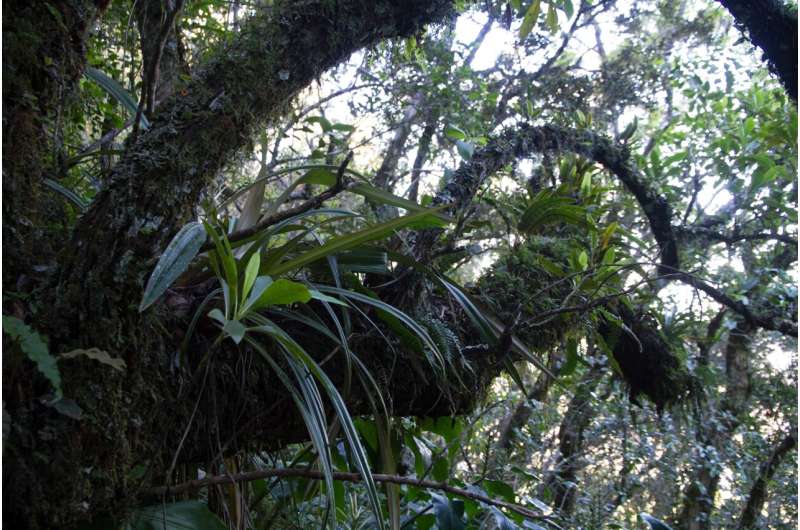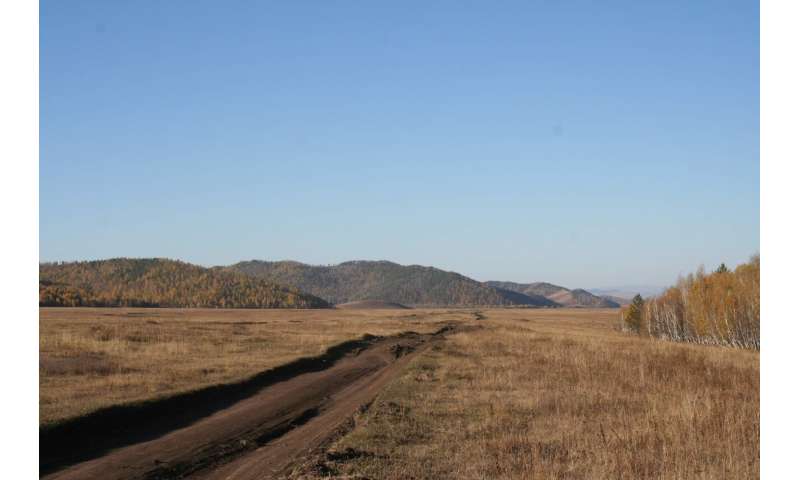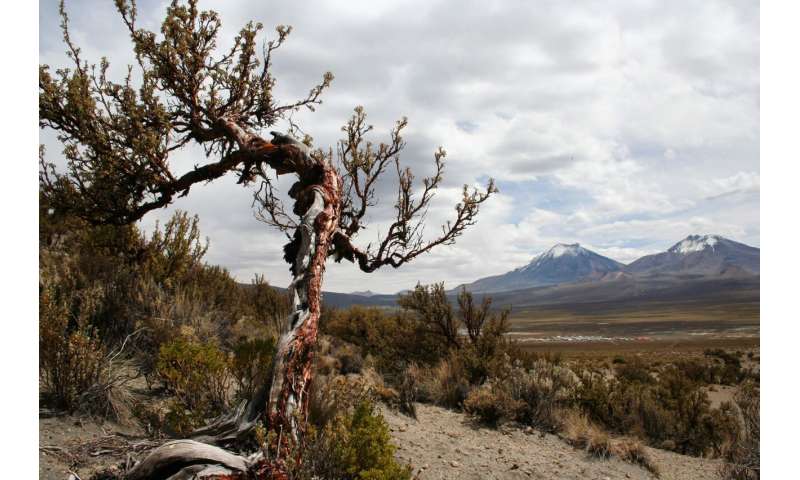Global models and predictions of plant diversity based on advanced machine learning techniques

Why are there more plant species in some places than in others? Why is diversity highest in the tropics? What is the connection between biodiversity and environmental conditions?
To help answer these questions, an international team led by researchers at the University of Göttingen has reconstructed the distribution of plant diversity around the world and made high-resolution predictions of where and how many plant species there are. This will support conservation efforts, help to protect plant diversity and assess changes in light of the ongoing biodiversity and climate crises. Their research was published in New Phytologist.
Based on a unique global dataset of 830 regional floras and the distribution of 300,000 plant species compiled at the University of Göttingen over ten years, researchers modeled the relationship between plant diversity and environmental conditions using modern machine learning techniques.
By incorporating the relatedness of the species to each other, they were able to take into account the evolutionary history of plants occurring in each geographic region. The models were then used to predict plant diversity continuously around the world considering past and present geographic and climatic conditions.
The models capture how diversity varies along environmental gradients and help to identify global centers of plant diversity. Current climate and further environmental factors emerged as primary drivers of plant diversity. The highest concentrations of plant diversity are predicted in environmentally heterogeneous tropical areas like Central America, the Andes and Amazonia, South-East Brazil, parts of Tropical Africa, Madagascar, southern China, Indochina and the Malay Archipelago as well as some Mediterranean regions like the Cape of Africa and locations around the Mediterranean Sea.
Modern machine learning techniques and newly compiled plant distribution data were used to design the models. The resulting global maps of plant diversity provide a solid foundation for large-scale biodiversity monitoring and research on the origin of plant diversity and support future global biodiversity assessments and environmental policies.
-

Taiga forests dominated by a few tree species and grasslands span vast areas of the northern hemisphere. Here: Northern Mongolia. Credit: P Weigelt -

Parque Nacional Sajama, Sajama (Bolivia). Very few plant species occur at the highest altitudes – such as these Polylepis trees on the Bolivian altiplano. Credit: P Weigelt
Professor Holger Kreft, University of Göttingen's Biodiversity, Macroecology and Biogeography Group, says, "The global predictions show in unprecedented detail and accuracy how plant diversity is distributed across our planet."
Dr. Patrick Weigelt, University of Göttingen, says, "Knowing where to expect a certain number of species under present conditions allows researchers to assess future changes due to climate and land-use change as well as to identify impacts of overexploitation and introduced invasive species."
More information: Lirong Cai et al, Global models and predictions of plant diversity based on advanced machine learning techniques, New Phytologist (2022). DOI: 10.1111/nph.18533
Journal information: New Phytologist
Provided by University of Göttingen





















